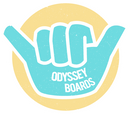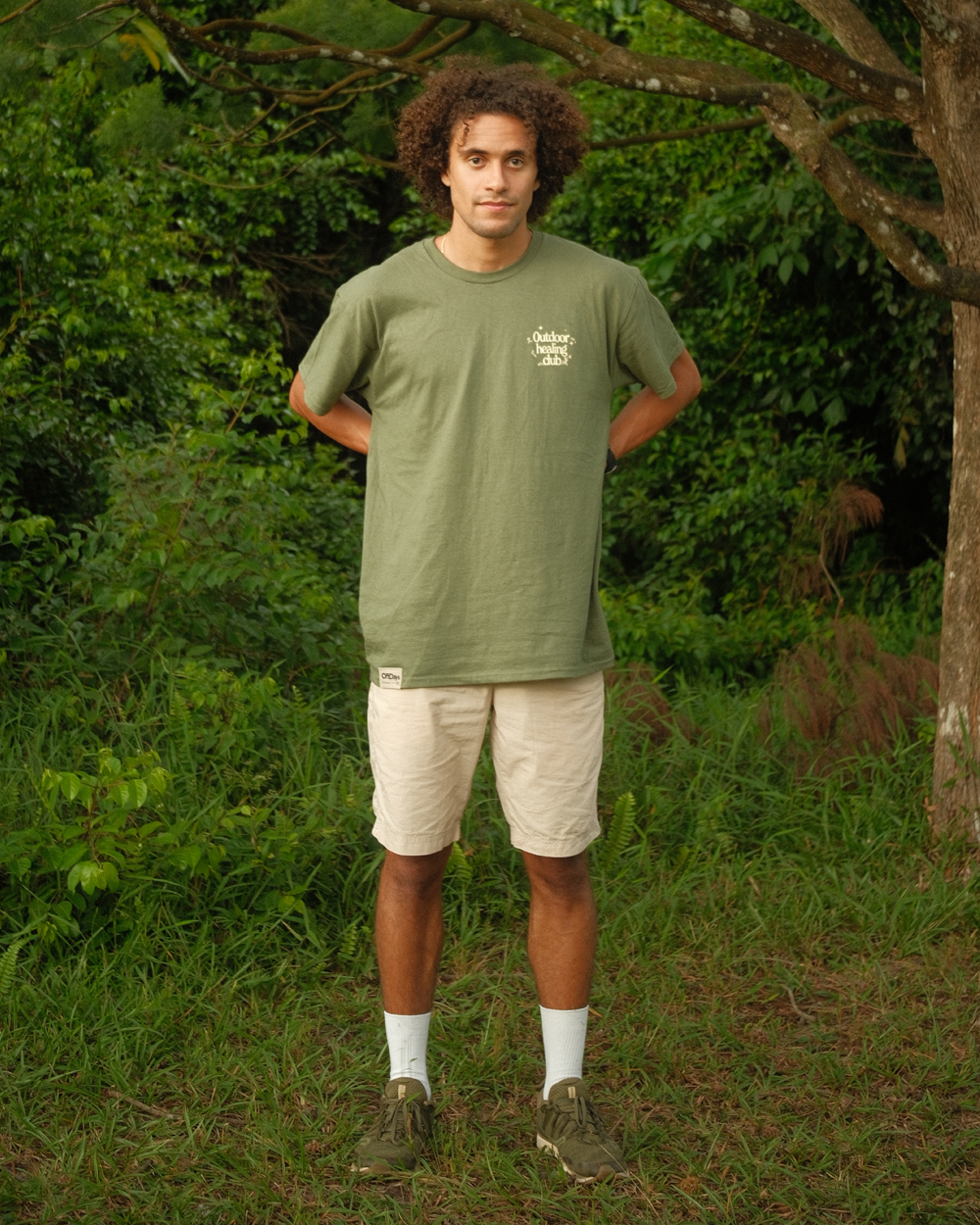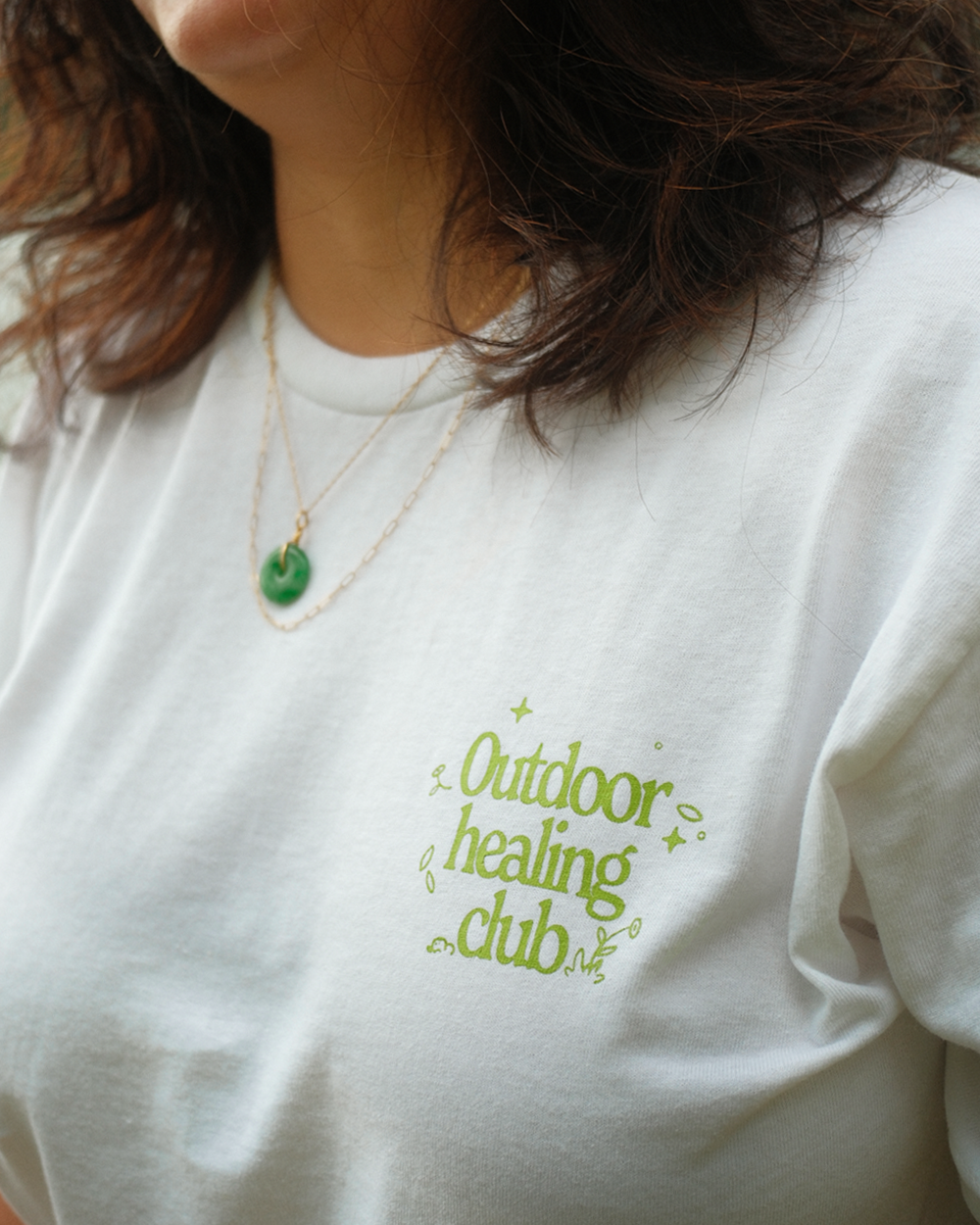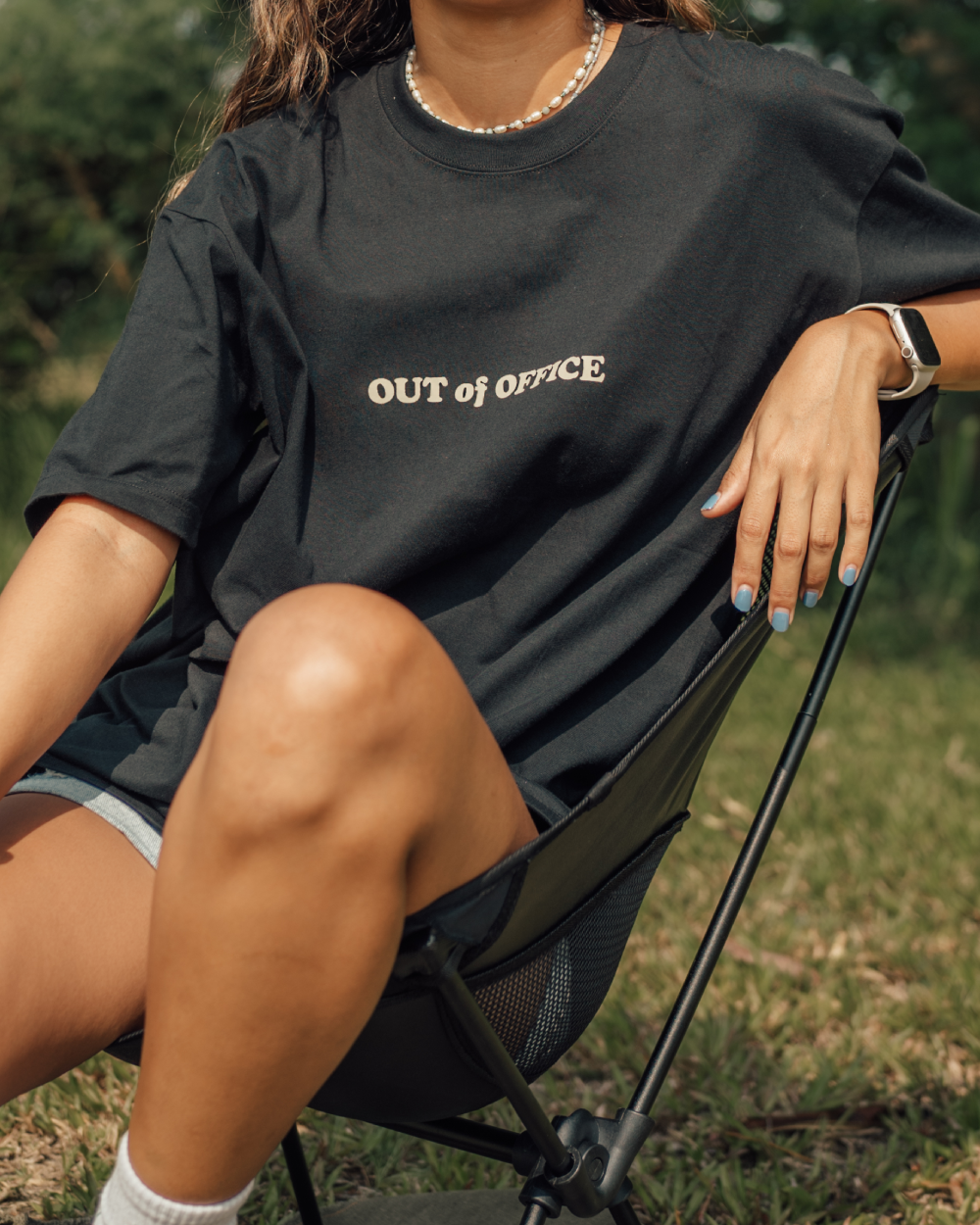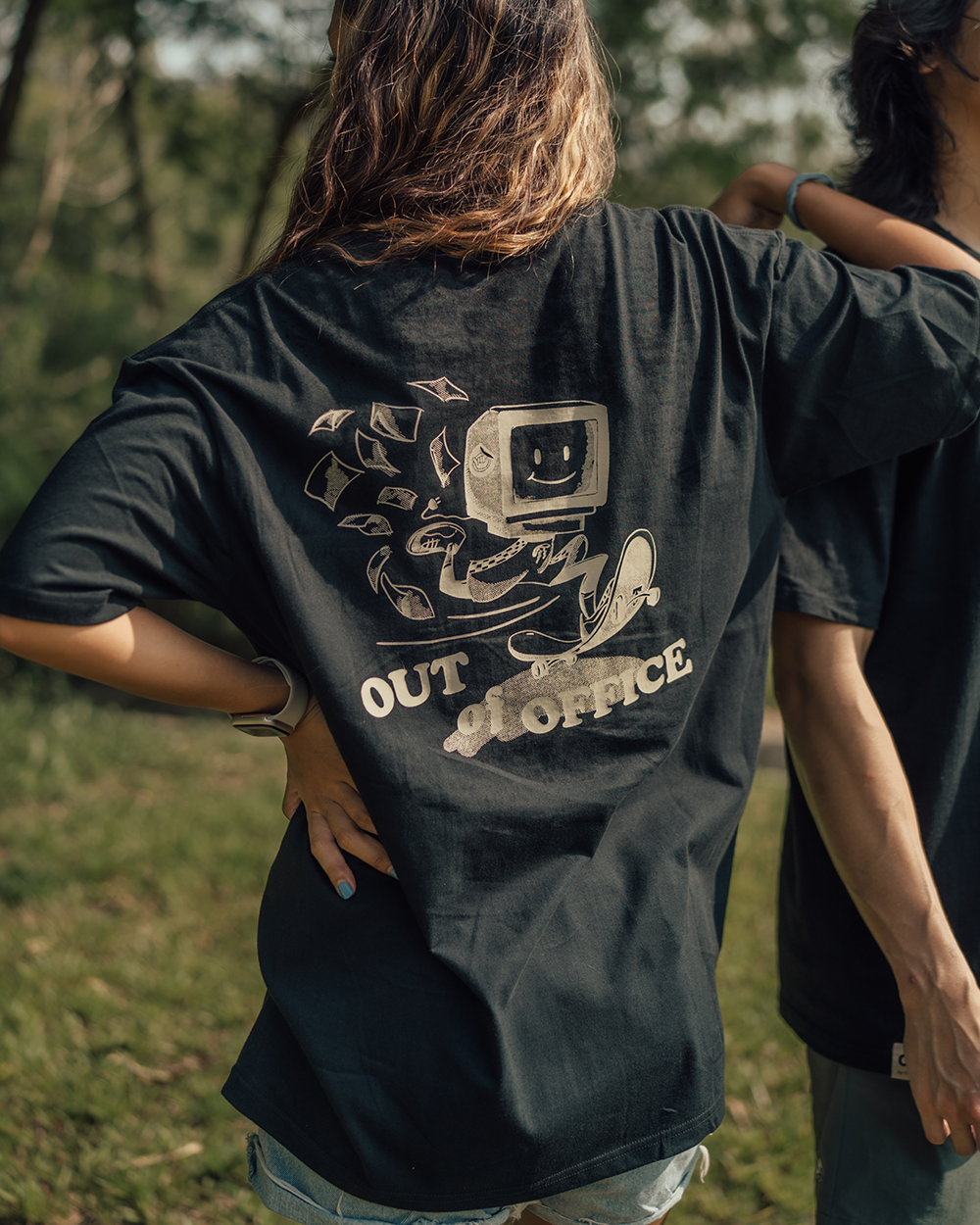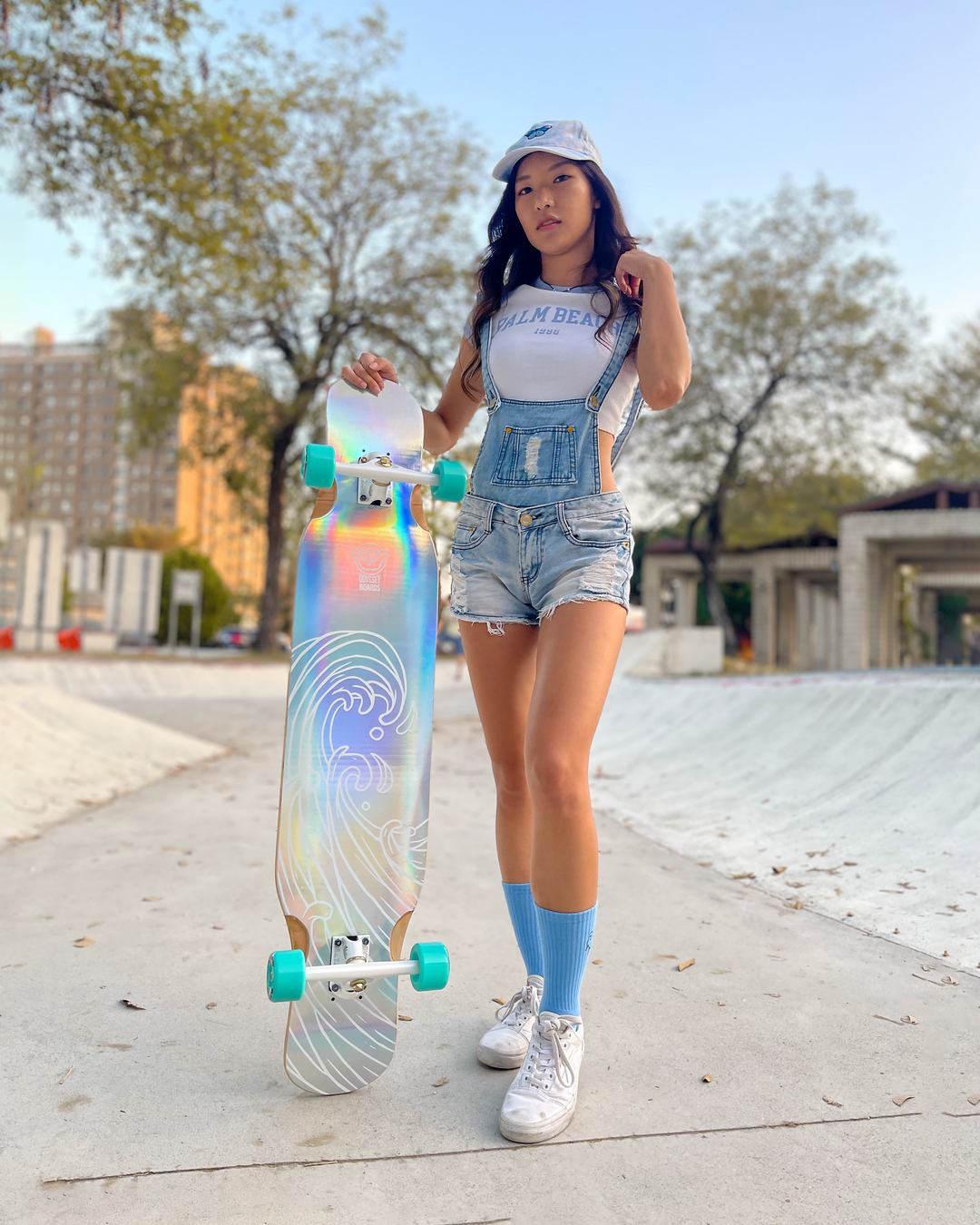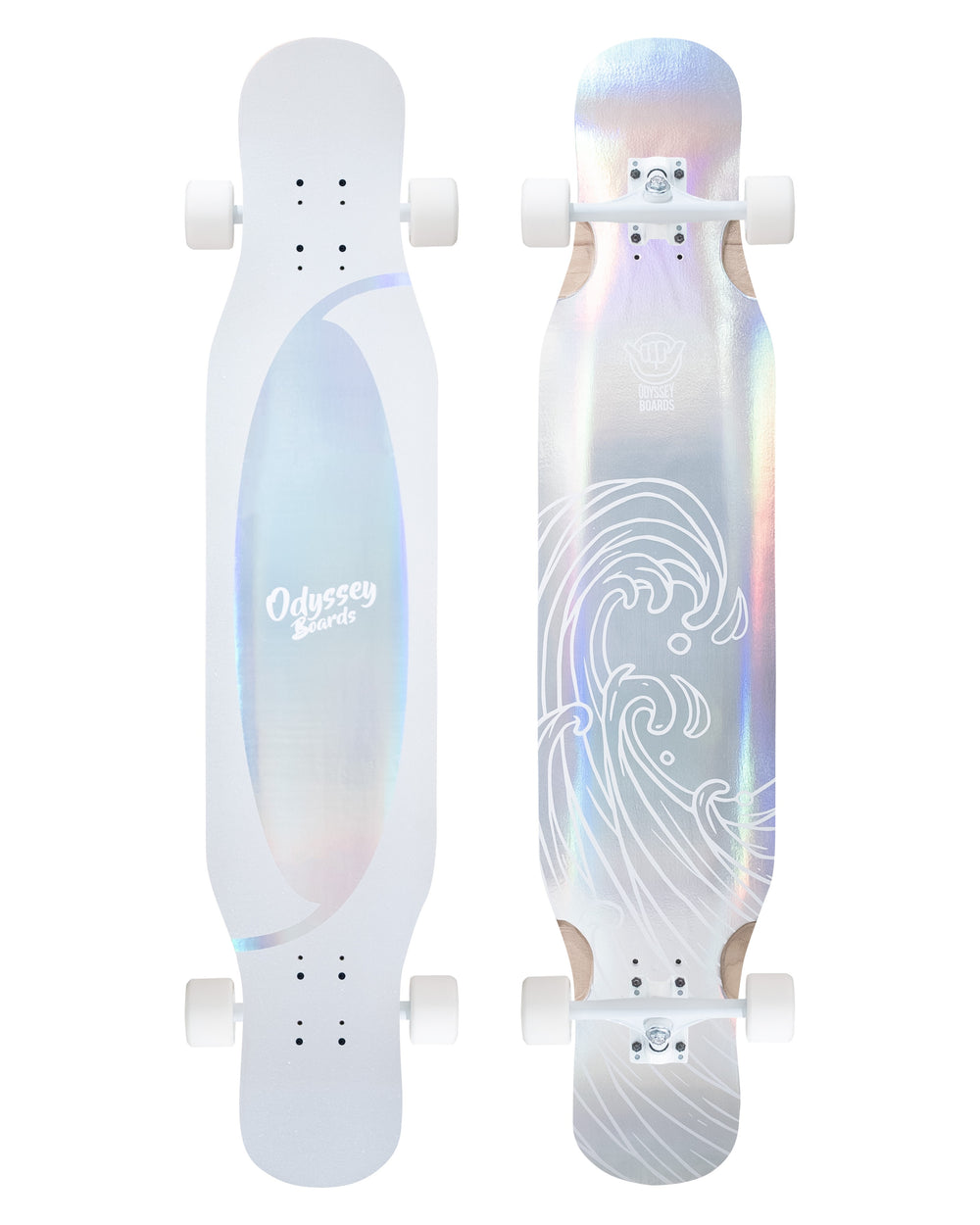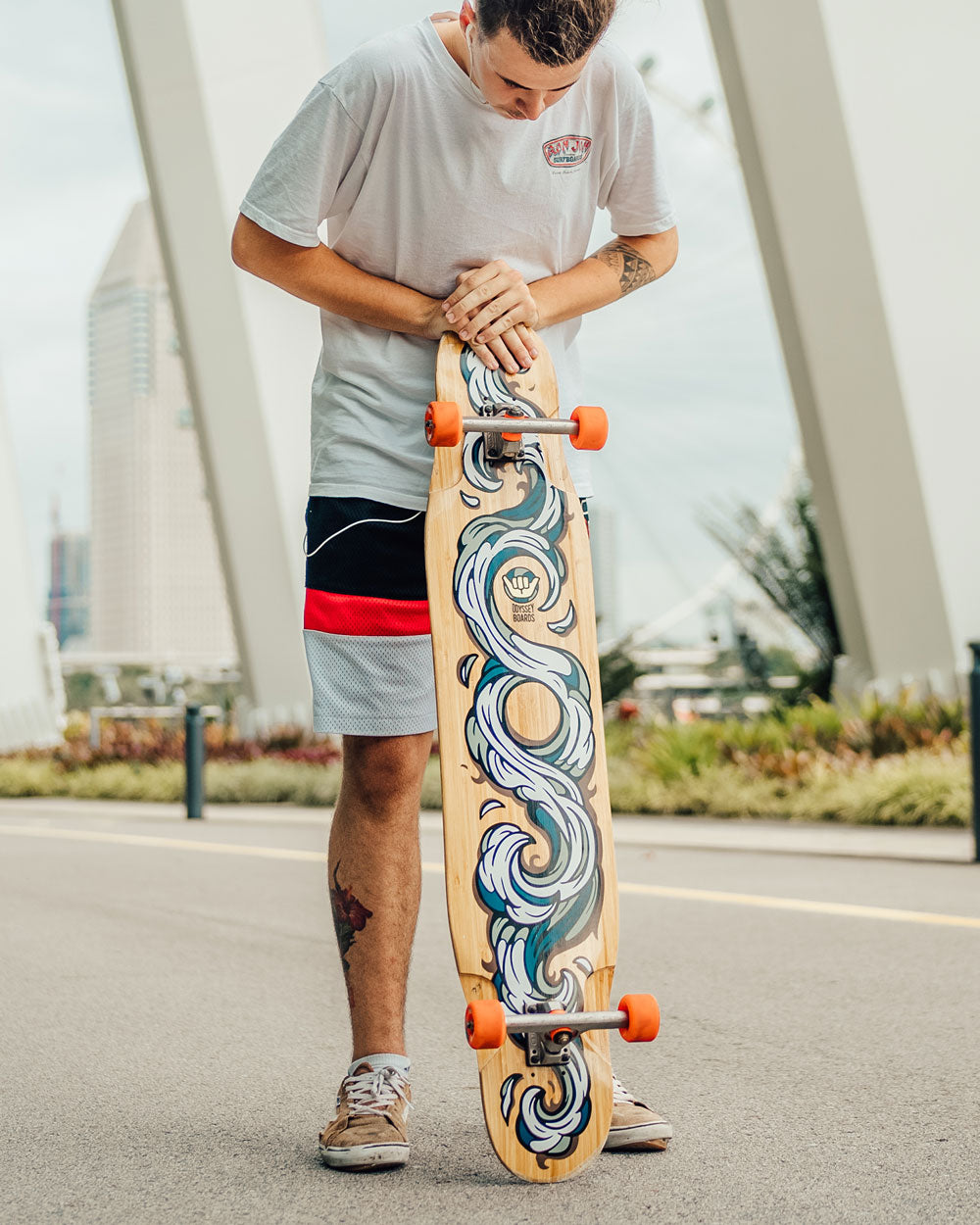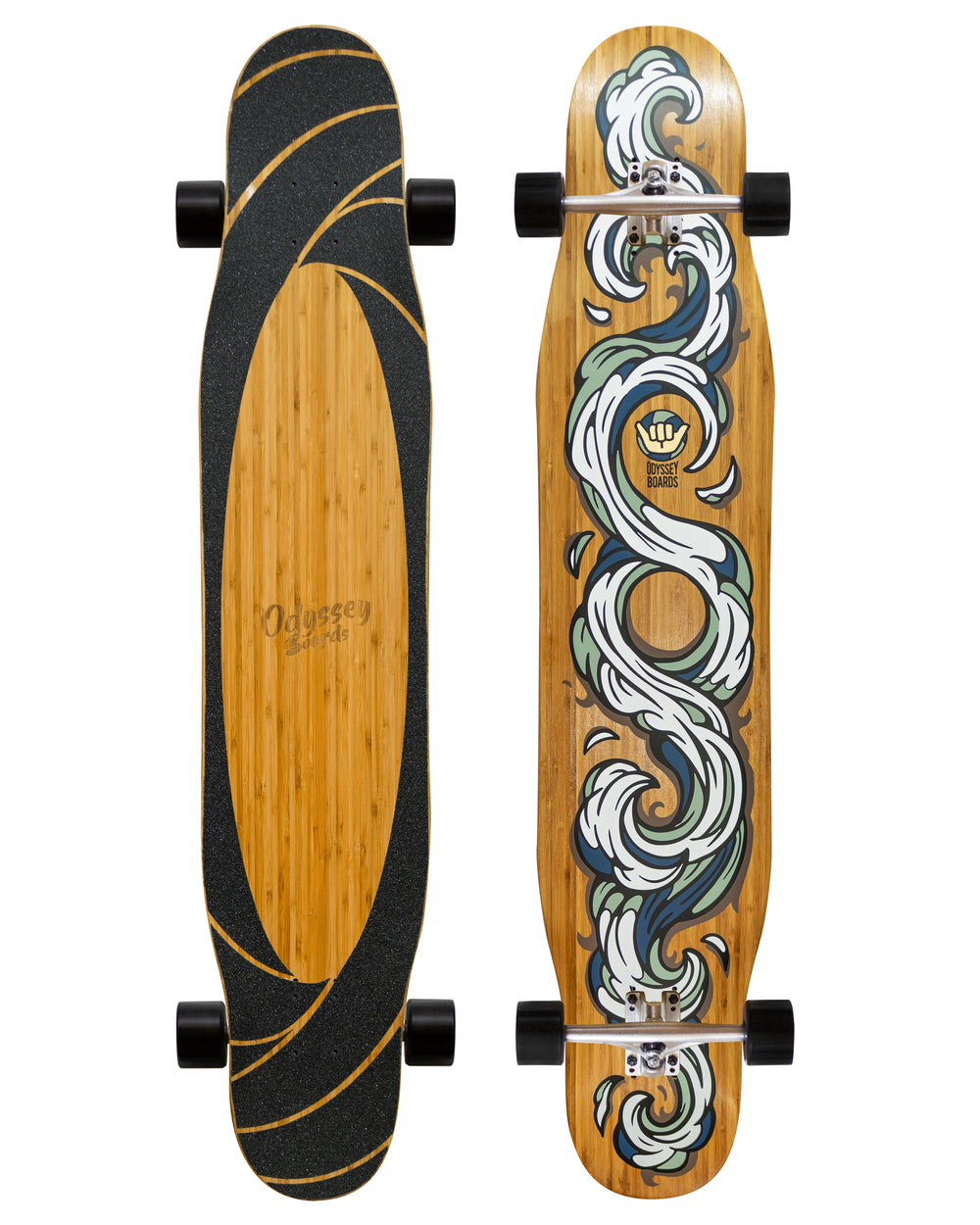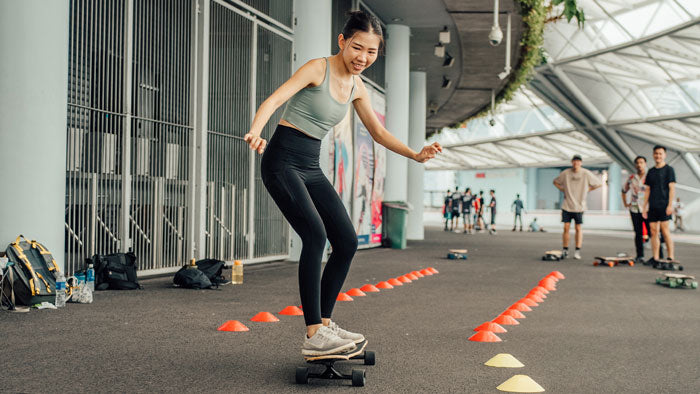Longboard parts and care tips
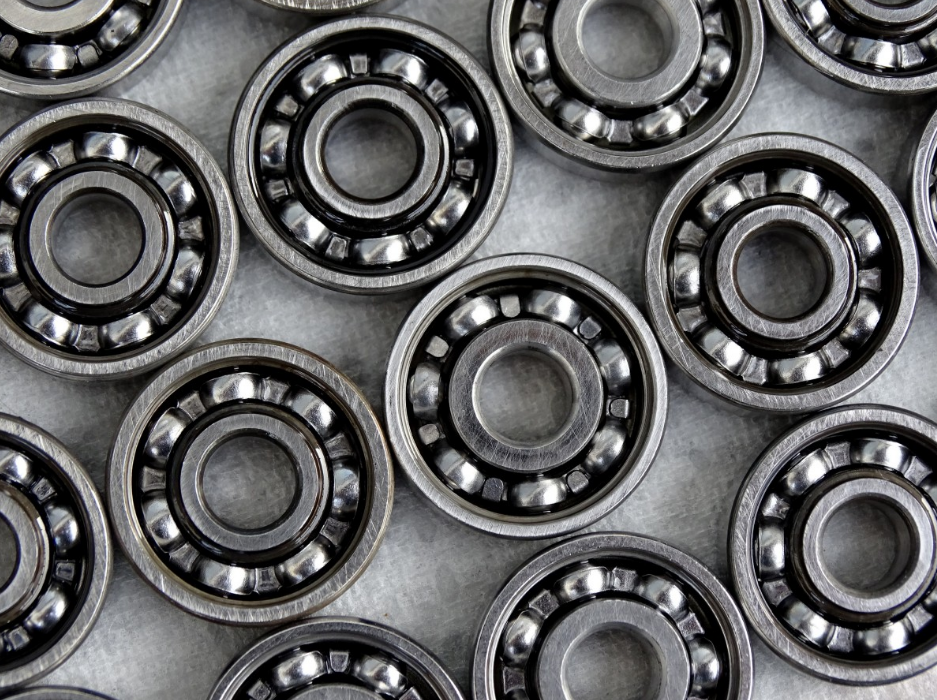
Taking care of your longboard can give it a much longer life, and you’ll want that if you’re spending a huge sum on it. Did you know the average price for a complete longboard in Singapore goes beyond $400? After you choose the right longboard for yourself, it’s time to take care of it. You’ll be in for a heartache if you neglect your longboard.
In this guide, you’ll learn the different components of a longboard and how to care for each and every one of them. You’ll walk away with the knowledge and assurance that your new longboard is safe in your care!
To break it down, a longboard consists of a deck, trucks and wheels. Each of these components are made up of even more sub-components. Let’s go!
Longboard decks
Materials
Traditionally, longboard decks consist of Canadian maple or bamboo, which can be mixed with other materials such as fibreglass or epoxy. By combining different types of wood, every deck has its own unique traits. Bamboo generally gives more flex to a board, making it a comfortable ride. On the other hand, Canadian maple is stiffer and provides greater stability for boards that are made to go at high speeds. For example, our Nahoa Longboard is constructed with 5 plys of maple and 2 plys of bamboo, giving you the sweet spot between stability and a cushioned ride.
Size

Although longboard decks are longer than skateboards’, the components of their decks are still very similar. Decks are made up of:
- Deck width
- Wheelbase: Area between your wheels
- Nose: Front kicktail of the deck
- Tail: Back kicktail of the deck
Size matters - longer longboards give more stability at high speeds, while shorter boards allow sharper turns and will perform well for commuting or freestyle tricks. Most longboards measure between 33 inches to 59 inches in length.
Deck types
Each style of longboarding requires their unique deck shape and concave. Here’s a quick summary on how decks differ based on your longboarding style.
- Downhill: Most downhill decks will have a drop so the center of gravity is lower, preventing speed wobbles.
- Freeride: Freeride decks are symmetrical and most are designed as a dropthrough board to have better sliding.
- Carving: Carving decks have higher flex than the previous two and have the segments above the wheels hollowed out to prevent wheelbite. Decks curve slightly upwards which give better pumping ability and turn initiation.
- Cruising: The classic pintail shape remains the most popular shape for cruising boards.
- Dancing/Freestyle: These boards have a decent length for skaters to move up and down. Symmetrical shapes with two kicktails also allow skaters to perform tricks easily.
Care
Several things can cause your deck to age faster than it should, such as sun, water, dust and dirt. When your deck ages, the risk of it cracking and breaking increases. A rule of thumb is to always dry down your board whenever it gets wet. Also, you should be storing your board under cover and preferably indoors away from the sun!
To clean your longboard deck, you have to unscrew and detach the trucks. This will allow you to wipe down the deck much easier.

Lightly scrub the grip tape with a brush in a circular motion to remove any excess dirt. Then, use a sponge to rinse the soap and dirt off. Proceed to gently wipe the deck dry with a dry cloth. You can also clean the underside of your board using the same sponge but with clean water. Similarly, dry it after the wipe down and let your deck completely dry for an hour or so before reattaching the trucks.
Longboard Trucks
Your trucks hold your wheels and your deck together. It consists of a hangar and a baseplate, which are connected by the kingpin. Your wheels are placed on the axle of the hangar, which reaches into the baseplate in the pivot.

Truck types
There are mainly two kinds of trucks, Reverse Kingpin (RKP) and Traditional Kingpin (TKP). RKPs are common across most longboards. They sit lower and are more stable than their traditional counterparts. On the other hand, TKPs are more commonly seen in skateboarding, but over some agility in exchange for stability.
Truck Width

Your trucks should be at least as wide as your deck, otherwise you’re risking wheelbite which can be disastrous. The narrower your trucks, the sharper the turns you’re able to make. Wider trucks. In contrast, wider trucks give you a more stable turn.

Narrower trucks (150mm) give better manoeuvrability and let you turn at sharper angles. Thus, these trucks are ideal for carving and cruising the city. If your board has no wheel cut-outs, you should consider using riser pads to prevent wheelbites. Wider trucks (170-180mm) will be more suitable if you’re doing downhill longboarding.
Truck Height
The truck height is the length between the bottom of the baseplate to the middle of the axle. This is also affected by your truck’s baseplate angles. The wider the angle, the higher your trucks will be. Higher trucks give a more responsive turn and higher wheel clearance so you can use bigger wheels with less chance of a wheelbite. Conversely, lower trucks give a more stable turn and surfy riding. However, there’s less clearance for the wheels meaning you will need smaller wheels in your setup.
Truck Assembly

There are many ways your trucks can be attached to your deck. The main difference is the drop-through mount vs the top mount. Top mounts is the most common installation where the deck is mounted on top of the trucks. Drop-through mounts have the trucks’ base plates mounted on the top of the board which lowers the centre of gravity.
Care
Trucks are one of the more complicated components to care for. Ideally, it should be kept dry and away from the sun. This prevents rusting which can greatly affect your turning.
Apart from the usual, several components of your trucks may require replacement during its lifetime. The first part is your pivot cup. Pivot cups are small rubber cups in the baseplate of your trucks that keep it turning effectively about the intended angle. Over time your pivot cup may break or wear off, causing your hangar to scrape against the inside of your baseplate. You won't want that to happen, because a spoiled truck is way more costly to replace than a spoiled pivot cup.

New pivot cups can be found easily online or at your local skate stores. But, make sure you get the right sizing, or else you’re gonna be wasting your money!
Apart from your pivot cups, your bushings may require replacing after a while. After extended durations of pressure, bushings will deform and bend out of shape. This, like your pivot cups, will also greatly affect your turning quality. If your bushings are bent out of its original form, we highly recommend you get a new set.
Wheels and bearings
Wheel size and durometer

Longboard wheels are often measured in two metrics: Size and durometer. Size usually refer to the diameter, which affects the riding behavior. If you recall your physics lessons on displacement, this should be easy for you! Smaller wheels have better acceleration but they’re not as stable as bigger ones. Conversely, larger wheels have a higher top speed and can keep their terminal velocity longer.
As mentioned previously, you should consider your deck and trucks when choosing your wheel size. If your deck has wheel cutouts or your trucks are higher, your setup can accommodate larger wheels.

Durometer measures the degree of hardness of your wheels. Harder wheels have higher durometers and softer ones, lower durometers. Harder wheels slide better and have better slide control. However, they have less grip - this means less impact will be absorbed by the wheel before it reaches you, giving you less stability. In contrast, softer wheels have more grip thus better stability, but are harder to slide and have less slide control.
Wheel lip

Wheel lips come in two forms: Angular and rounded. Angular lips provide more grip due to its larger contact area with the ground. This will be useful when you’re doing carving as it provides higher traction. With that, your wheels won’t break into a slide that easily. Rounded lips have less contact with the ground, making it ideal for skaters who constantly slide.
Bearings

Bearings are one of the factors determining how fast and how far you can go in a single push. Each wheel is equipped with two bearings, kept apart with spacers to avoid compression and damaging the wheel core. Spacers are small cylinders put between two bearings so they are kept parallel to each other at all times.
The quality of your bearings are measured by ABEC (Annular Bearing Engineering Committee). ABEC ratings are a measure of tolerance - the higher they are, the higher quality your bearings will be. For longboards, ABEC ratings range from 1, 3, 5, 7, 9 to 11. Although important, these ratings can be easily void if your bearings are not kept clean. We’ll talk about this right now!
Care
Like we’ve just mentioned, the maintenance of your bearings is extremely important. Over time, rust and debris may get into your bearings which will largely impact its quality and durability. You’ll want to keep your bearings dirt-free, moisture free and lubricated. You should clean your bearings when they become dirty or noisy.
Bones Bearings cleaner unit has proven its utility to the skating community. If you have some cash to spare, I highly recommend getting one as it makes your cleaning process much easier.
After removing your bearings, pop up the bearings shield gently with a penknife or a thumbtack. You’ll want to remove the rubber shield because the acetone you’re cleaning your bearings with will damage it. Attach the exposed bearings to the bolt attached to the cap, each separated by the spaces. Then fill the bottle with pure acetone and shake it for around 10 seconds.
Now that your bearings have been cleaned, take your bearings out and let them dry. Once dried, you can apply some lubricants like the speed cream. Remember to put the shields back on before reattaching your bearings to your wheels!
Wrapping it up
Longboard care can be tedious but we hope this guide makes it less simpler by breaking it down. Ultimately, you should be treating your longboard well so you get the most life out of it. For those who are just starting out, this might seem too intimidating as you’re gonna be spending over $400 at the average skate shop. This is why we’ve made our longboard affordable by selecting every component suitable for beginners. Priced at $177, our Nahoa Longboard has helped hundreds of customers get started on their journey.
As always, feel free to hit us up at info@odysseyboards.com if you have any questions. Happy skating and stay stoked!
